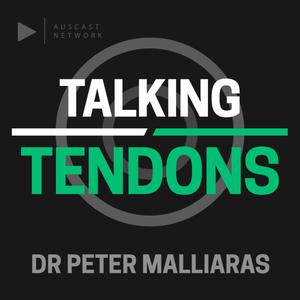
Talking Tendons
Auscast Network
This podcast will delve deep into the best and most clinically relevant new studies on tendinopathy. The focus is what questions the researchers tried to answer and why, how they did it, what they found, and very importantly, the so what factor. That is, how can it be applied to the clinic and to individual tendinopathy patients.
- 7 minutes 27 secondsDo psychological, cognitive, and contextual factors influence rehab outcomes in Achilles tendinopathy?
This week I talk about a feasibility cohort study which sought to determine whether a larger cohort study addressing this question would be feasible. Listen to hear some interesting preliminary findings.
Merza, E.Y., Pearson, S.J., Mallows, A.J. and Malliaras, P., 2023. The relationship between psychological, cognitive, and contextual factors and rehabilitation outcomes in Achilles tendinopathy: A prospective feasibility cohort study. Physical Therapy in Sport.
Mallows, A., Jackson, J., Littlewood, C. and Debenham, J., 2020. The association of working alliance, outcome expectation, adherence and self‐efficacy with clinical outcomes for Achilles tendinopathy: A feasibility cohort study (the MAP study). Musculoskeletal Care, 18(2), pp.169-176.See omnystudio.com/listener for privacy information.
1 March 2023, 11:18 pm - 14 minutes 42 secondsDoes high load and high strain exercise have any benefit for Achilles tendinopathy?
We have known for a while that type of exercise intervention (e.g. intensity, frequency, etc) does not seem to influence self-reported outcomes such as pain. Maybe all the benefits from exercise are explained by non-specific effects, or maybe exercise has benefits that do not depend on the type of exercise.
In this episode, I discuss 3 studies that look into (at least partly) other benefits that we may see at the level of the muscle and tendon from higher-load exercise interventions.
References:See omnystudio.com/listener for privacy information.
21 February 2023, 2:58 am - 24 minutes 56 secondsProximal Hamstring Tendinopathy - the forgotten tendinopathy
This week, I had an engaging conversation with Anthony Nasser, an up-and-coming researcher on tendinopathy who recently completed his PhD on proximal hamstring tendinopathy. Our discussion covered the reasons for the lack of research attention towards this condition, the current state of evidence, and insights from his doctoral studies. You can find the full conversation here.
Here are Anthony's related publications:See omnystudio.com/listener for privacy information.
15 February 2023, 12:26 am - 14 minutes 30 secondsHow useful is palpation for diagnosis and assessment?
Palpation can be useful for the diagnosis and assessment of tendinopathy, but there are limits. This is because non-painful tendons can be tender, and tenderness in painful tendons seems to be very slow to get better.
See omnystudio.com/listener for privacy information.
7 February 2023, 3:49 am - 7 minutes 18 secondsMuscle and tendon tuning and implications for tendon rehabilitation
Interesting perspective paper from Arampatzis et al talking about how we should consider tuning of muscle tendon unit in terms of muscle strength and tendon stiffness when considering training for specific groups.
See omnystudio.com/listener for privacy information.
31 January 2023, 2:06 am - 9 minutes 12 secondsAchilles forces during common rehab exercises and habitual activities.
This talking tendons episode will discuss a study by Igor Sancho, PhD, assessing Achilles forces during common rehab exercises and habitual activities and how this relates to reported pain among runners. Some interesting implications for practice.
See omnystudio.com/listener for privacy information.
25 January 2023, 12:27 am - 7 minutes 50 secondsGraded exposure in tendinopathy rehabilitation.
In this episode, I am discussing kinesiophobia in the context of tendon rehab and how rehab can be conceptualised as graded exposure for some people.
References
1) Physiotherapy management of Achilles tendinopathy
See omnystudio.com/listener for privacy information.
12 December 2022, 12:18 am - 11 minutes 45 secondsLoad test pain and kinesiophobia and how they interact in tendinopathy assessment
In this episode, I talk about load test pain assessment and how this can also be used to assess kinesiophobia and movement apprehension.
References
1) Physiotherapy management of Achilles tendinopathy: https://pubmed.ncbi.nlm.nih.gov/36274038/
2) Kinesiophobia Severity Categories and Clinically Meaningful Symptom Change in Persons With Achilles Tendinopathy in a Cross-Sectional Study: Implications for Assessment and Willingness to Exercise: https://pubmed.ncbi.nlm.nih.gov/35295417/
See omnystudio.com/listener for privacy information.
8 December 2022, 2:34 am - 11 minutes 16 secondsFunctional impairments persist in Achilles tendinopathy when people are returning to running
This is an interesting study from the Delaware tendinopathy group among others investigating a host of structural, tissue property, functional and pain factors that may persist among people with Achilles tendinopathy making a return to running. Provides guidance to clinicians about potential impairments to consider assessing.
Here's the link to the study:
Corrigan, P., Hornsby, S., Pohlig, R.T., Willy, R.W., Cortes, D.H. and Silbernagel, K.G., 2022. Tendon loading in runners with Achilles tendinopathy: Relations to pain, structure, and function during return‐to‐sport. Scandinavian Journal of Medicine & Science in Sports.
Here's the link to my upcoming course series in the UK in Sept:
https://www.eventbrite.com/cc/mastering-lower-limb-tendinopathy-uk-sept-2022-670009
See omnystudio.com/listener for privacy information.
25 July 2022, 10:40 pm - 9 minutes 59 secondsUnderstanding the patient perspective in Achilles tendinopathy
In this episode I talk about three qualitative studies that aim to understand the patient perspective and patient motivations in Achilles tendinopathy. I find this work really helps clinicians to understand what patients are gong through so we are able to be empathic and help them. Hope you enjoy!
Here's a link to courses in the UK:
https://www.eventbrite.com/cc/mastering-lower-limb-tendinopathy-uk-sept-2022-670009
Here are the studies:
Turner, J., Malliaras, P., Goulis, J. and Mc Auliffe, S., 2020. “It's disappointing and it's pretty frustrating, because it feels like it's something that will never go away.” A qualitative study exploring individuals’ beliefs and experiences of Achilles tendinopathy. PloS one, 15(5), p.e0233459.
Mc Auliffe, S., Synott, A., Casey, H., Mc Creesh, K., Purtill, H. and O'Sullivan, K., 2017. Beyond the tendon: experiences and perceptions of people with persistent Achilles tendinopathy. Musculoskeletal Science and Practice, 29, pp.108-114.
Mallows, A., Head, J., Goom, T., Malliaras, P., O'Neill, S. and Smith, B., 2021. Patient perspectives on participation in exercise-based rehabilitation for Achilles tendinopathy: A qualitative study. Musculoskeletal Science and Practice, 56, p.102450.
See omnystudio.com/listener for privacy information.
19 July 2022, 11:28 pm - 9 minutesHumans are lazy (or efficient!) hoppers: the importance of instructions in submaximal human hopping
This paper is more than 30 years old but it is a beauty. Farley et al talk about human preferred hopping frequency and how it relates to metabolic cost and how fast muscles are contracting, and also how our instructions can influence how well people hop (and the mechanisms that drive this). Important to consider hopping instruction when assessing submaximal hopping in the clinic.
Here's a link to the paper
Farley, C.T., Blickhan, R., Saito, J. and Taylor, C.R., 1991. Hopping frequency in humans: a test of how springs set stride frequency in bouncing gaits. Journal of applied physiology, 71(6), pp.2127-2132.
See omnystudio.com/listener for privacy information.
16 July 2022, 8:40 am - More Episodes? Get the App
Your feedback is valuable to us. Should you encounter any bugs, glitches, lack of functionality or other problems, please email us on [email protected] or join Moon.FM Telegram Group where you can talk directly to the dev team who are happy to answer any queries.
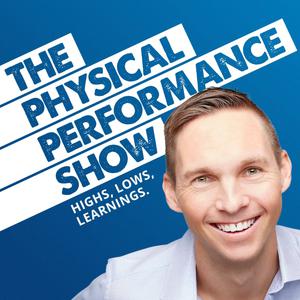 The Physical Performance Show
The Physical Performance Show
 JOSPT Insights
JOSPT Insights
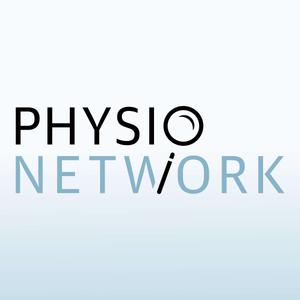 Physio Explained by Physio Network
Physio Explained by Physio Network
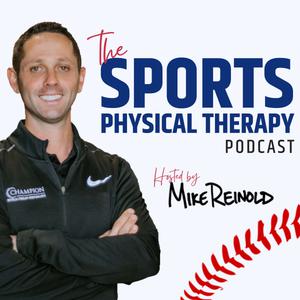 The Sports Physical Therapy Podcast
The Sports Physical Therapy Podcast
 PT Inquest
PT Inquest
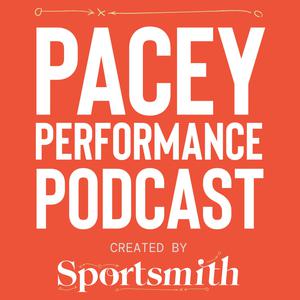 Pacey Performance Podcast
Pacey Performance Podcast